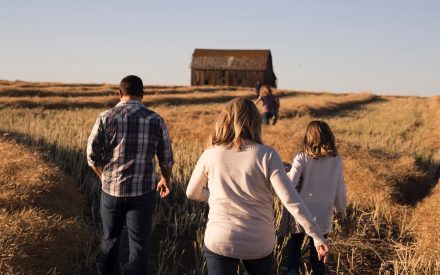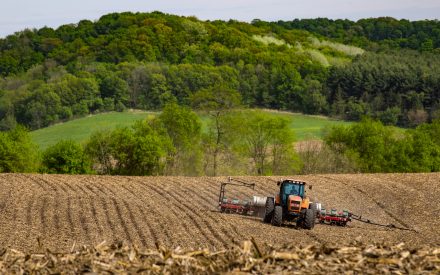Changing weather patterns have led to colder and wetter springs and falls, complicating the procedures to plant and harvest traditional crops such as corn silage and alfalfa that are fed to cattle. This has led to a 50-year low in inventory of these forages. In response, Wisconsin farmers have begun growing alternative forages, such as short season forage crops, to compensate for damaged hay fields or perennial forage crops in fields that are no longer productive due to weather. While more acres are planted with alternative forages, the agronomic needs, feeding guidelines, and economic implications are not well understood for this region. Without sound research to guide their decisions, farmers face several issues in choosing forage type, varieties, and management strategies.
In response, Extension conducted five research projects such as field trials, analyzing forage samples, and evaluating new seed lines. These studies generated science-backed information on planting and using alternative forages. A key component of the studies was to evaluate the best feed quality for different animals, including analyzing samples from seven dairy farms and two beef farms to determine feed quality.
Specifically, Extension collaborated with an agriculture industry company to conduct a study that gathered forage yield and nutritional quality data among seed lines from three plots representing a variety of growing conditions in Wisconsin. The findings, along with corresponding weather data, provided valuable information on how spring annual forage crops react to stress situations such as dry, near-drought conditions.The company will use these results to further develop their seed lines and markets. Extension will use this information in outreach and in recommendations to Wisconsin producers.
Additionally, best practices and research findings were shared through webinars, field days, and consulting. As a result of attending a webinar focused on implementing nitrogen use for winter cereal crops, 84% of participants confirmed they had more confidence in several practices such as implementing intensive winter wheat management and evaluating springtime winter wheat stands. In another session on grass alternatives, 93% of participants reported they were more confident in their abilities to implement grass forage alternatives for summer heat. After attending a field day, 78% of participants from nine counties indicated increased knowledge related to use of “cocktail mixes” following winter cereals; 75% said that the information was relevant to them and that they planned to use what they learned.
Extension is building off of this work, using farmer data on input costs to determine the economic impact of growing, harvesting, and feeding these crops.
Extension research helps farmers and other agriculture professionals adopt new farming practices and achieve economic viability.
The Crops and Soils program is part of Extension’s Agriculture Institute. Learn more by visiting cropsandsoils.extension.wisc.edu.
Download Article

 Improving Farm Profitability
Improving Farm Profitability Improving Farms through Informed Decision-making
Improving Farms through Informed Decision-making In-Season Support for Crop Management Decisions
In-Season Support for Crop Management Decisions Extension Farm Management Program: Improving farm profitability and lifestyles through informed decision-making
Extension Farm Management Program: Improving farm profitability and lifestyles through informed decision-making


